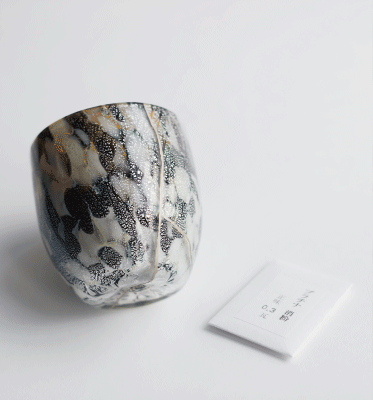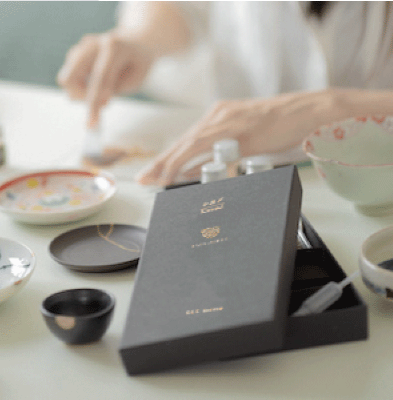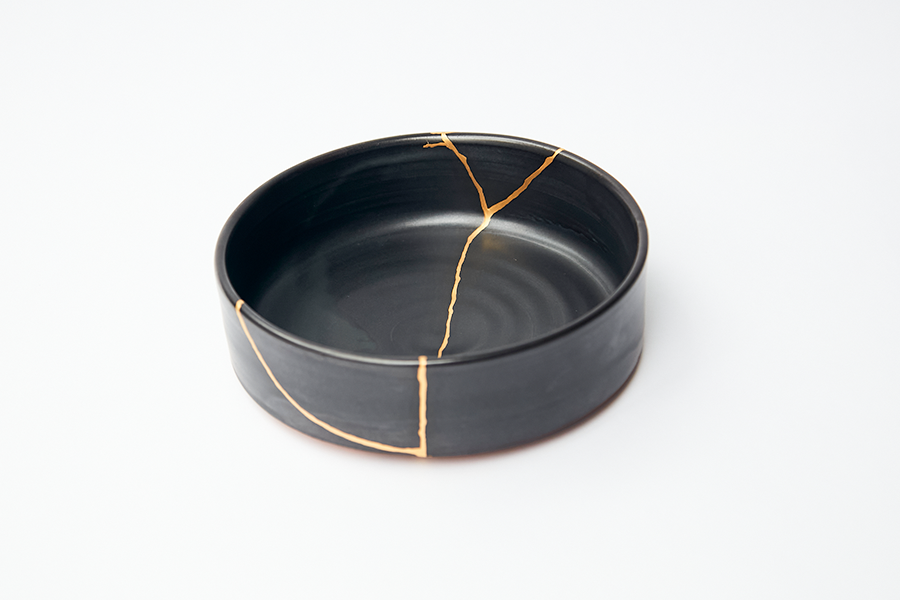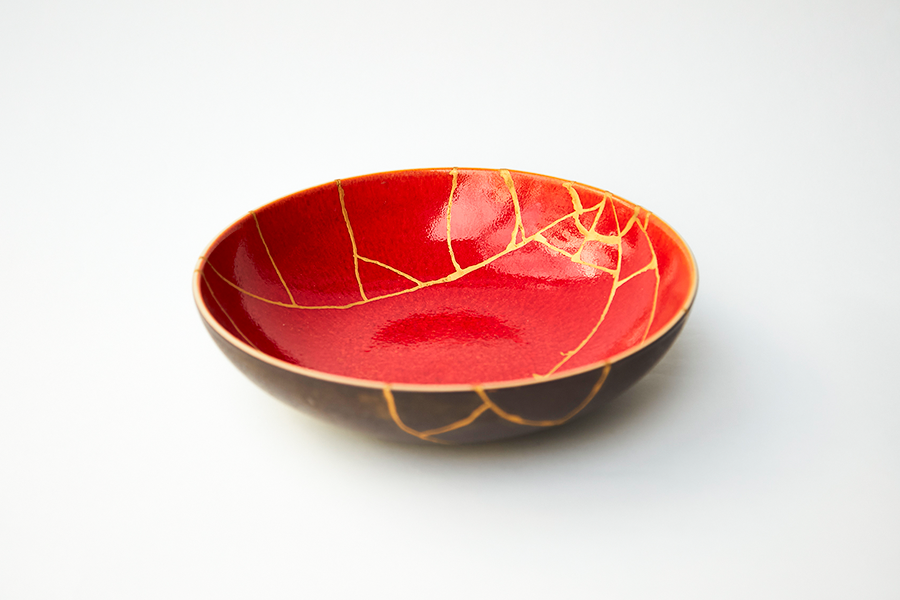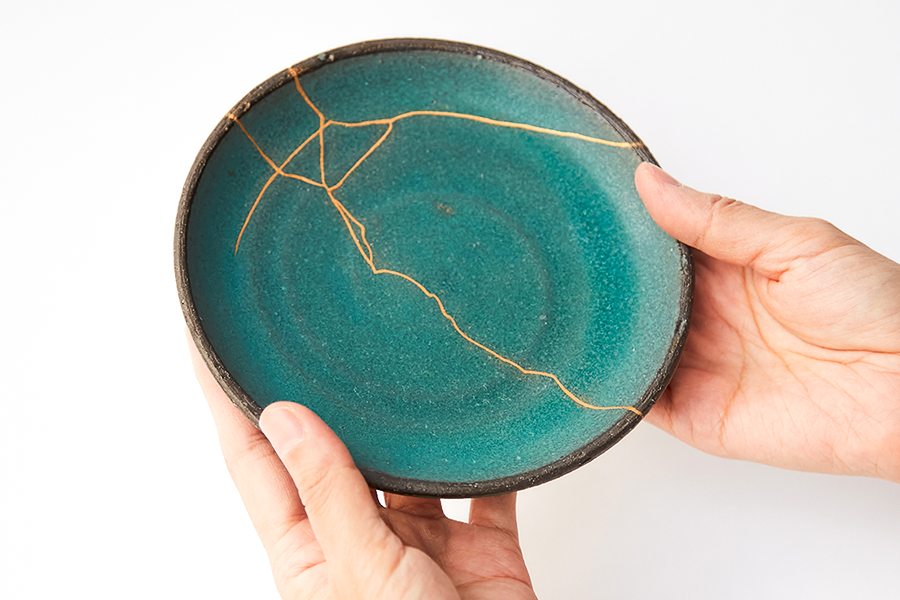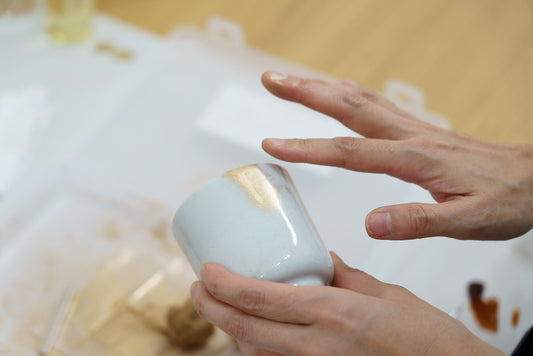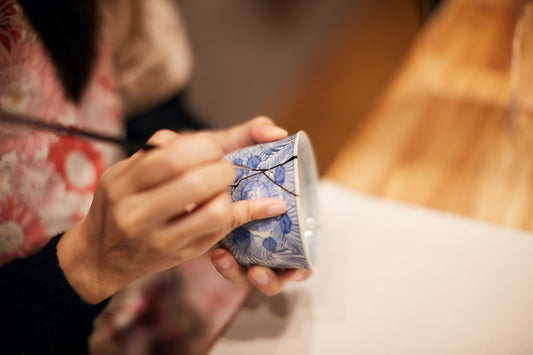Kintsugi Excellence
Authenticity at Our Core
-

Safe for Food & Free
While many competitors opt for cost-saving alternatives like epoxy resin and synthetic lacquer in their kintsugi kits, we prioritize traditional, natural materials to ensure safety and authenticity.
-

Designed by Kintsugi Specialists
Our kits are thoughtfully designed by Japan's leading kintsugi experts who live and breathe this timeless art. Our kits combine tradition with user-friendly innovation.
-

Simplified Repair for Beginners
Leveraging our vast experience from kintsugi workshops for novices, we've pinpointed common challenges beginners face. As a result, our products come enriched with expert insights, complemented by step-by-step instructions and engaging YouTube tutorials.
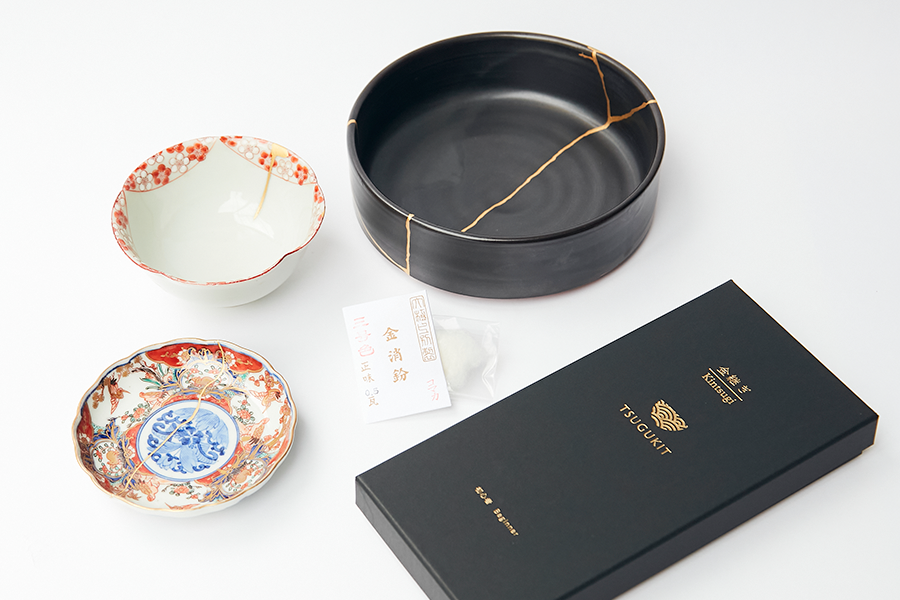
Choosing the Perfect Kintsugi Kit for You
We offer three kintsugi kits, each tailored to specific needs. Find a kit that aligns with your preferences.
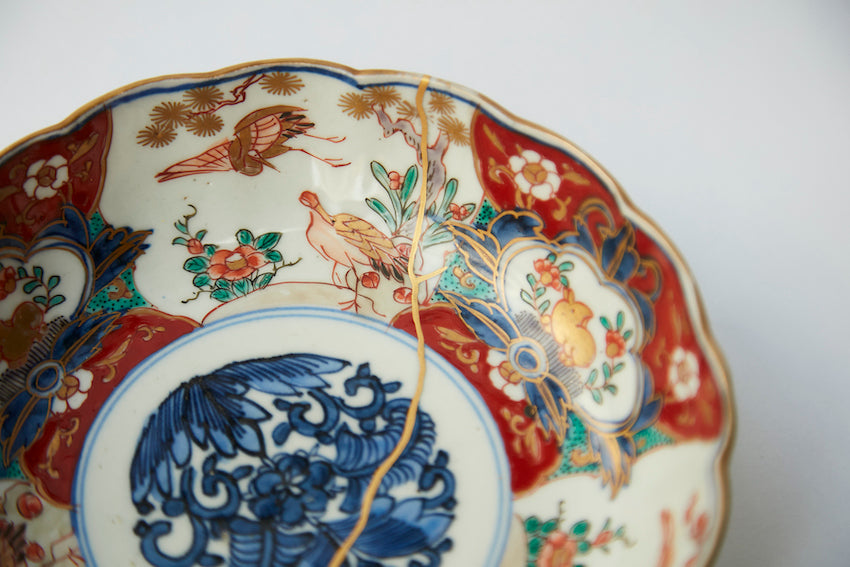
What is Kintsugi?
Kintsugi is a traditional Japanese art form that originated in the 15th century, and it's been around for over 500 years. When a cherished piece of pottery or porcelain breaks, Kintsugi specialists repair it using natural materials such as genuine lacquer and then decorate the repair marks with gold or silver to make them stand out instead of trying to hide them. Rather, we should allow cracks and blemishes in our belongings to shine and tell a story of their own. The result is an object that's more beautiful than before it was broken, and uniquely valuable because of its history. This is the kintsugi philosophy.
Tsugu Tsugu In A Nutshell
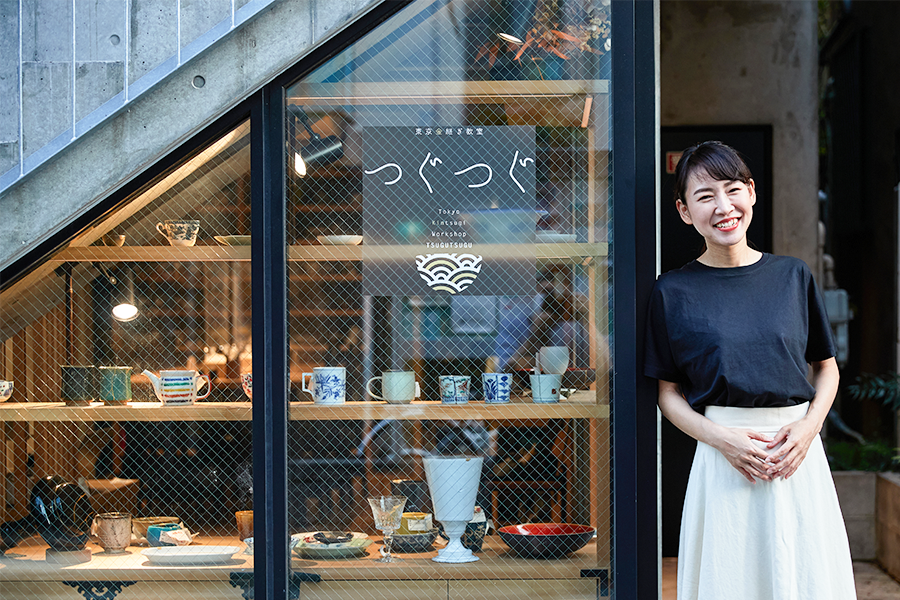
About us
Kintsugi is more than repair for us; it's a bridge connecting artifacts, individuals, and rich cultural heritage. We offer not just a product but an innovative perspective and an unparalleled journey into the world of kintsugi.

